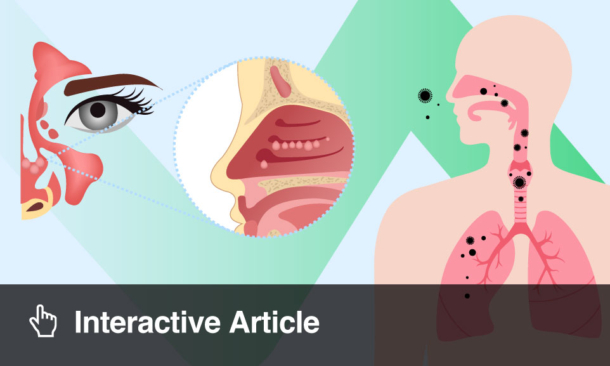BACKGROUND
Adolescents with food allergy (FA) are in an age group that is associated with higher rates of allergic and fatal allergic reactions,1 potentially due to increased risk-taking behaviour.2 This study explored attitudes and beliefs of adolescents aged 11–16 years with FA to better understand this population.
METHOD
The study had a qualitative design using semi-structured interviews. Semi-structured interviews were conducted with 20 UK adolescents with FA aged 11–16 years old via phone, face-to-face at their home or Aston University, or Skype; 18 were recruited through Leicester Royal Infirmary and 2 were recruited via social media. Interviews were transcribed verbatim and analysed with thematic analysis.3
RESULTS
Four themes were drawn from the data: 1) Nut allergies are treated more seriously than others: “I think everyone would take it more seriously.”; 2) Adrenaline auto injectors (AAI) experience needle anxiety: “I don’t like talking about the needle, it just scares me.”; 3) The severity of FA symptoms affects beliefs: “They’re like annoying, don’t get me wrong, but they’re not like super life-threatening.”; and 4) Recent diagnoses present challenges: “I would like to have been born with
it and grown up with it because then I would have understood it more and I wouldn’t be so worried.”
In these themes, it was highlighted that nut allergies were believed to be the most serious allergen. Multiple types of nut were considered more difficult to deal with due to lack of labelling specificity, while common ingredients such as milk and egg had more dietary challenges. Challenges of AAI use included apprehension towards administration and anxiety over the needle. Carriage was inconvenient, however participants who had previously used their AAI were more positive about administering. Tester pens were considered useful, but emotional and psychological components were not mentioned in training. Participants who had not used an AAI felt their allergies were less severe and that an AAI would never be needed. They downplayed the severity of their FA in comparison to others, but believed peers should be aware of their food allergies. Participants with a history of anaphylaxis felt that food allergy was not understood, and that later diagnosis was seen as more challenging. It was believed to be easier when growing up with a food allergy as opposed to being recently diagnosed, as management becomes part of life. Participants with adolescent-age diagnosis all had allergens to nuts and felt the impact of their allergy to be small as they already disliked nuts.
CONCLUSION
Adolescents with FA showed varying beliefs dependent on age, gender, allergen allergic to, severity of FA, and age of diagnosis. Concerns around AAI and dismissal of allergen labels support previous research, and all participants felt further education was necessary. Peer support was seen as important and should be incorporated into the development of interventions designed to help adolescents manage their food allergy safely. Beliefs around the seriousness of different allergens and beliefs associated with the age of diagnosis warrant further investigation.






